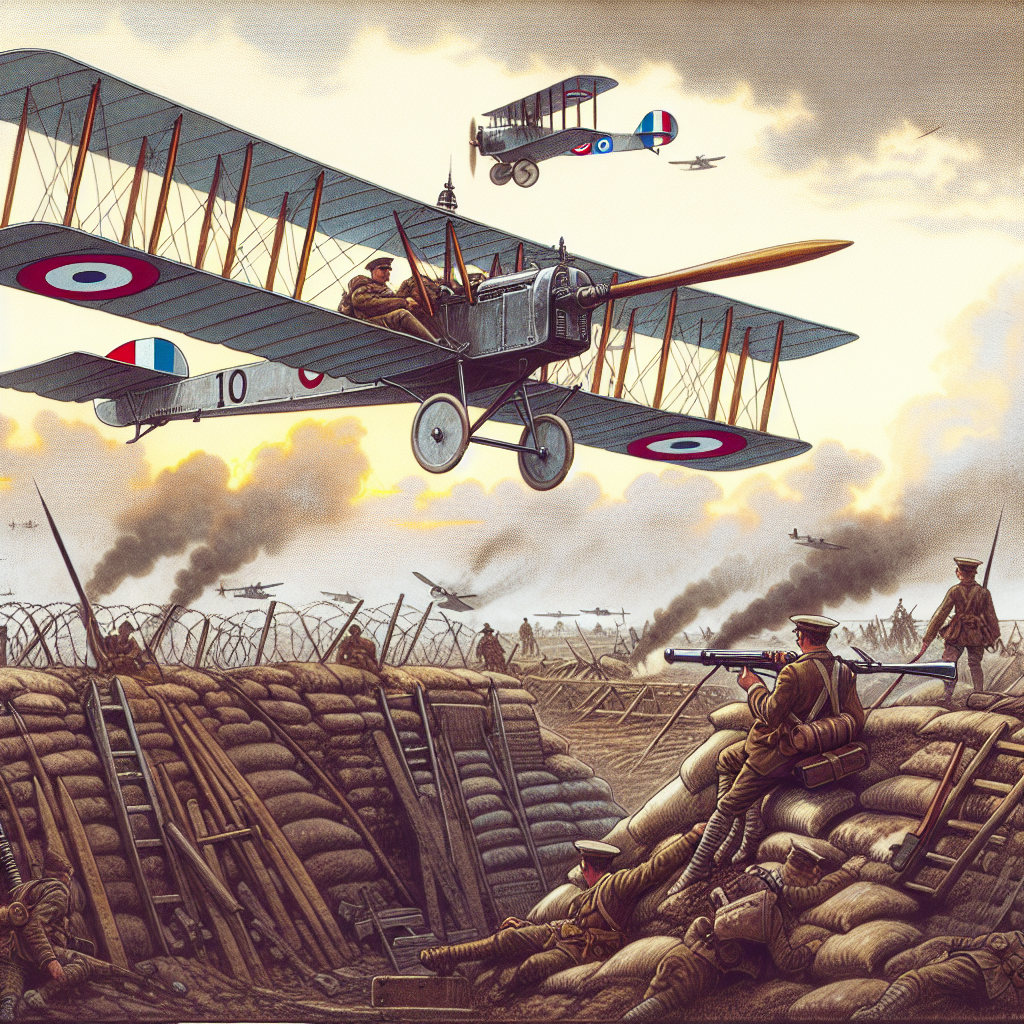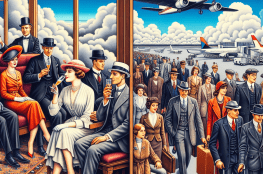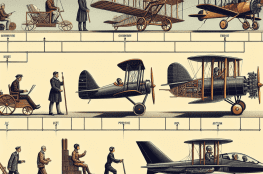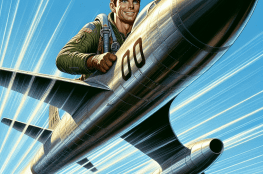The Skies of World War I: How Air Combat Revolutionized Warfare
World War I was a groundbreaking conflict that saw many technological advancements, but none were as transformative as the advent of air combat. The skies had become the new frontier of warfare, and with that shift came significant changes in military strategies and tactics. Let’s take to the skies and explore how this transformation in aerial warfare shaped the future of combat.
The Dawn of Military Aviation
Before World War I, the concept of flying machines in battle was mostly left to the pages of science fiction novels. However, as the war unfolded, the use of aircraft transitioned from reconnaissance missions to playing a pivotal role in the battlefield. In fact, air combat became such an integral part of the war that it ultimately led to the creation of air forces worldwide.
- Reconnaissance: Initially, planes were used primarily for scouting enemy positions, giving armies critical intelligence.
- Bombing Runs: Soon after, they were adapted for strategic bombing missions, striking at key infrastructure.
- Dogfighting: The skies became a battleground for supremacy as pilots engaged in aerial duels, known as dogfights.
Technological Advancements in Aviation
The role of aircraft in World War I required significant developments in aviation technology. It wasn’t just about getting airborne; it was about dominance in the sky. Here are some key innovations that emerged during the war:
- Fighter Aircraft: Planes were specifically designed for combat, with faster engines and more maneuverable frames.
- Armed Aircraft: Innovations like synchronized machine guns that allowed pilots to shoot through propeller arcs changed the face of aerial combat.
- Improved Aerodynamics: Enhanced aerodynamics increased speed and fuel efficiency, extending the range and capability of planes.
The Legend of the Flying Aces
During World War I, pilots who achieved five aerial victories were labeled as “aces.” These flying aces became legendary figures, much like modern-day celebrities. Figures such as the Red Baron became household names due to their skill and daring feats in the air.
Why did pilots paint their planes with flamboyant designs? To boost morale, intimidate the enemy, and earn a little va-va-voom notoriety. Apparently, even during warfare, first impressions matter!
Impact on Future Warfare
World War I set the stage for the future of military aviation. The experimentation and innovation during the war laid foundational knowledge that was crucial for more advanced technologies. The creation of separate air forces highlighted the importance of having air superiority in modern warfare. The concepts developed during this time still influence modern military aviation strategies and technologies.
For those eager to dive deeper into military aviation history and innovations, there are top education Telegram channels that offer curated content and discussions on these transformative eras and their lasting impacts.
Conclusion: A Legacy of Innovation
The revolution in air combat during World War I reshaped warfare, ushering in the era of modern aviation technology that we know today. From reconnaissance missions to sophisticated air raids, the sky became an arena for tactical and strategic dominance. While the war ended over a century ago, the innovations and tactics paved the way for decades of continual advancement in air capabilities. Next time you’re boarding a plane, give a little nod to those daring flying aces; after all, they helped lead the way!



